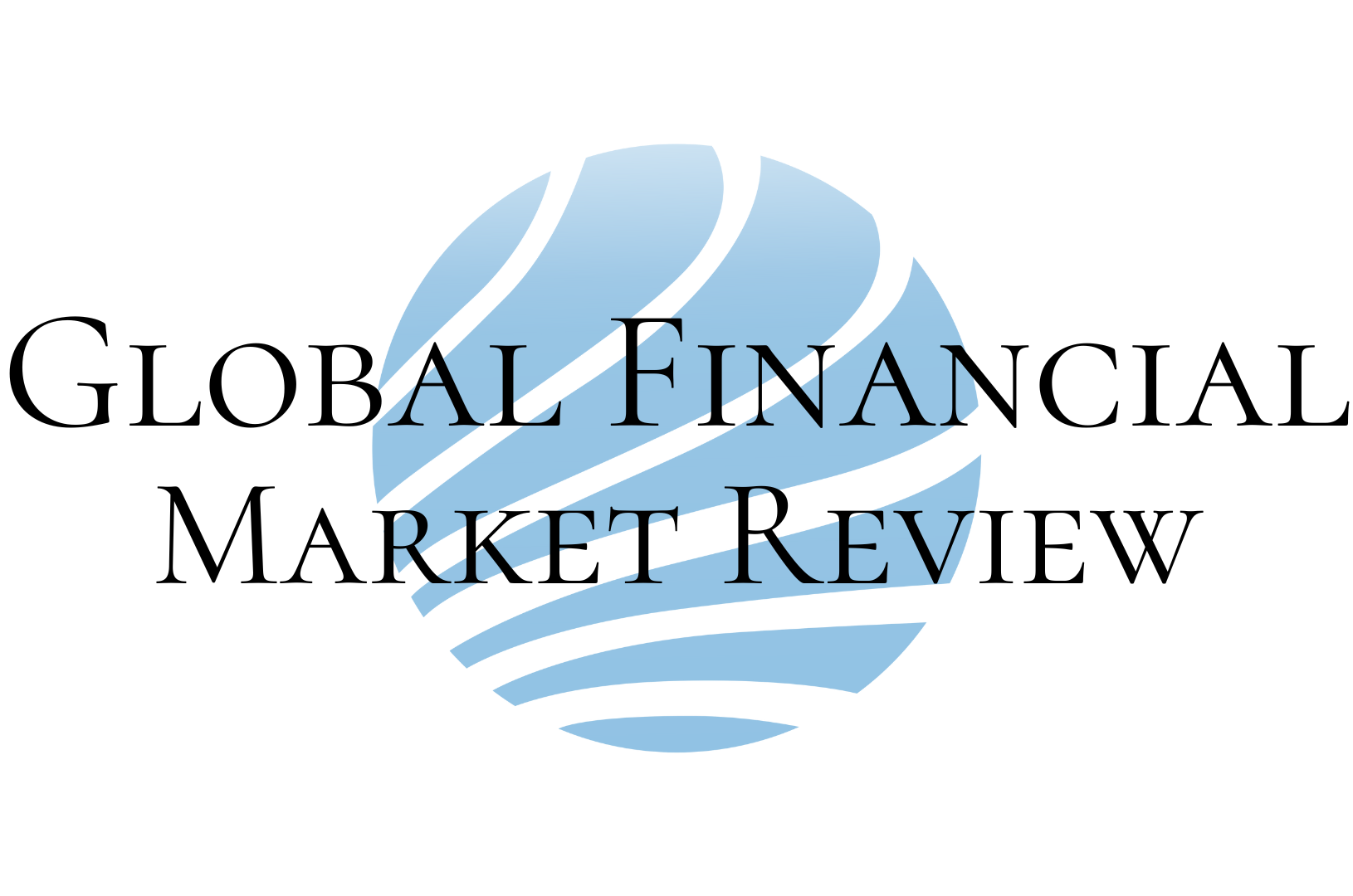Commercial banks have reported high credit growth in the first quarter of the year, which many fear may send bad debt soaring, especially when a huge amount of capital is pumped into real estate and other high-risk sectors, according to Dau Tu Chung Khoan newspaper.
Citing a report by the general Statistical Office, the paper says credit growth in the economy reached 2.23 percent in the first quarter of this year, compared with 2.81 percent in the year-ago period. However, money supply rose 3.23 percent against late 2017, and 2.88 percent year-on-year.
In addition, capital mobilisation by commercial banks increased 2.2 percent against late last year, and 2.43 percent from a year earlier. The results are positive as such figures tended to go down in the same period in previous years.
However, experts said commercial banks should be careful to offer real estate and consumer loans if they are to reduce bad debt.
Banks have yet to disclose their credit growth rates in the first three months of the year but most banks believed that their lending activities will continue on the high growth path in the rest of the year.
The State Bank of Vietnam (SBV) had earlier set low credit growth targets of 14-16 percent for State-run commercial banks to ensure safety for the banking system. SBV will adjust the target for each bank depending on their performance.
In addition to large outstanding loans, banks generated profits thanks to a decline in operation costs and smaller provisions for risks and an increase in recovered debts last year, said a financial-banking expert.
HSBC Vietnam CEO Pham Hong Hai was quoted by Dau Tu Chung Khoan as saying that banks should promote their services together with offering loans to ensure sustainable development, and put lending to high-risk sectors under control.
Nguyen Hoang Minh, deputy director of the HCM City branch of SBV, said the central bank has asked commercial banks to control the injection of capital into the real estate sector.
Loans provided for the sector currently account for 10.8 percent of total outstanding loans in HCM City. Total outstanding loans in the city amounted to some VND1,750 trillion (US$76.7 billion).
Despite such concerns, banks have lately boasted their good performance.
Nguyen Duc Vinh, general director of Vietnam Prosperity Bank (VPBank), said its consumer finance arm FE Credit has contributed 20 percent of the bank’s total outstanding loans and 50 percent of net profit. However, the bank will not depend on FE Credit but focus on developing digital banking, retail banking, credit cards and other services in the next five years, said Vinh.
Nguyen Dinh Tung, general director of Orient Commercial Bank (OCB), said the bank has launched omni channel banking as the first move to become a digital bank.
Many banks including Tien Phong Bank (TPBank), Saigon Thuong Tin Commercial Bank (Sacombank) and Asia Commercial Bank (ACB) have followed suit by investing heavily in digital banking. These banks have also been working on plans to raise the proportion of revenue from services in total revenue to 30-40 percent.
english.thesaigontimes.vn/59182/Sharp-credit-growth-likely-to-drive-up-bad-debt.html


